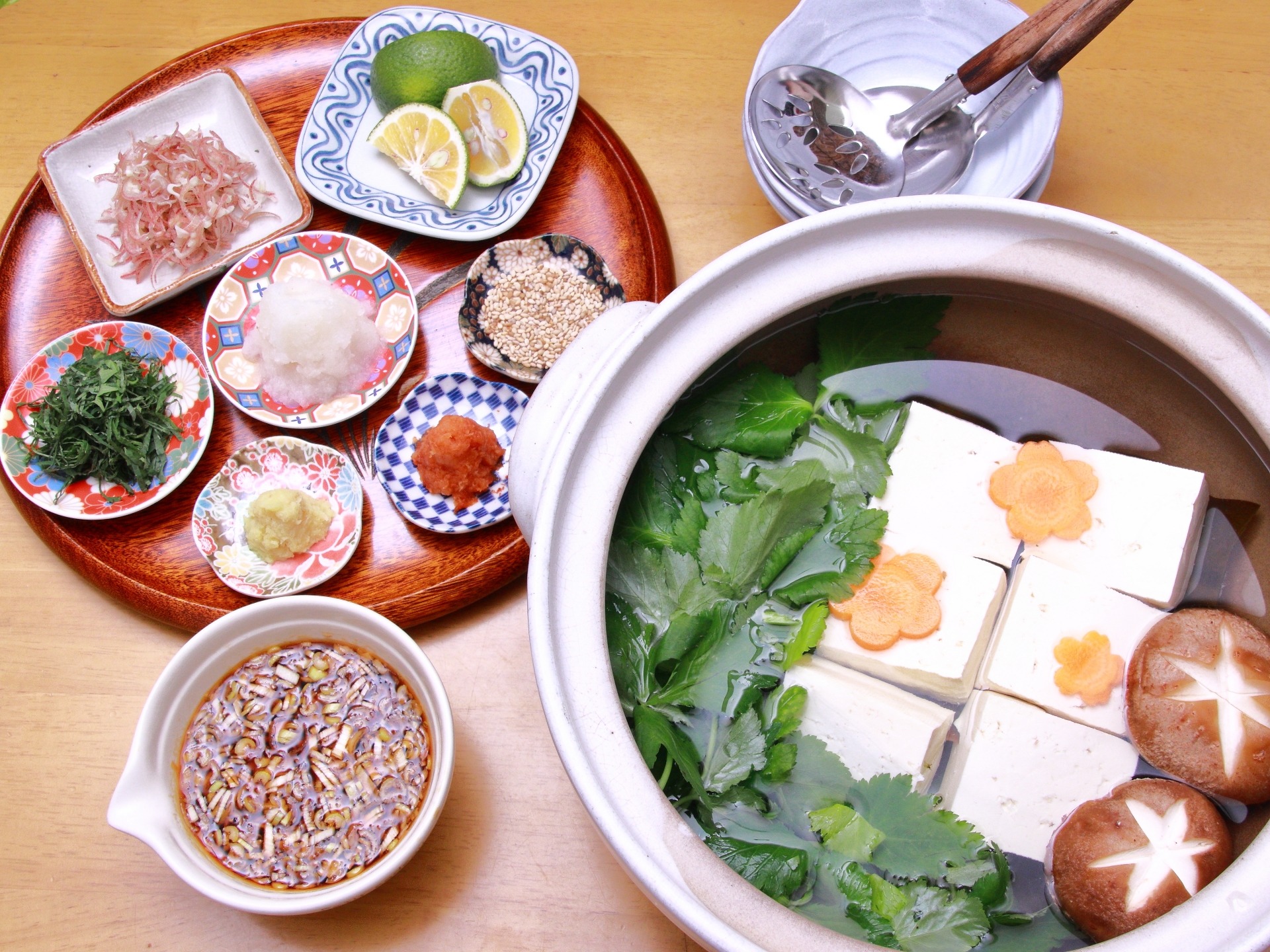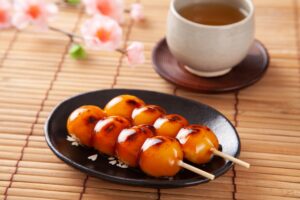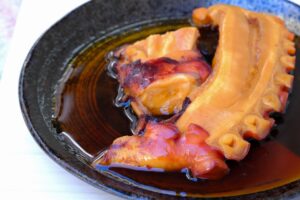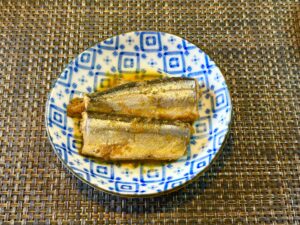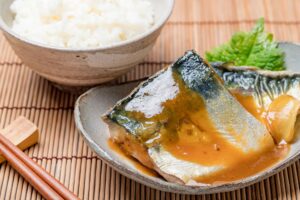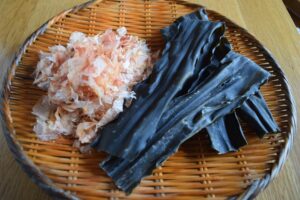Yudofu, meaning “hot tofu,” is a traditional Japanese dish that embodies the simplicity and spiritual grounding of Zen cuisine. Especially popular in Kyoto’s temple cuisine (shojin ryori), Yudofu consists of soft tofu gently simmered in a kombu-based broth and served with flavorful dipping sauces. This article explores Yudofu’s cultural roots, preparation methods, nutritional value, and where to experience it in Kyoto or even at home.
What Is Yudofu?
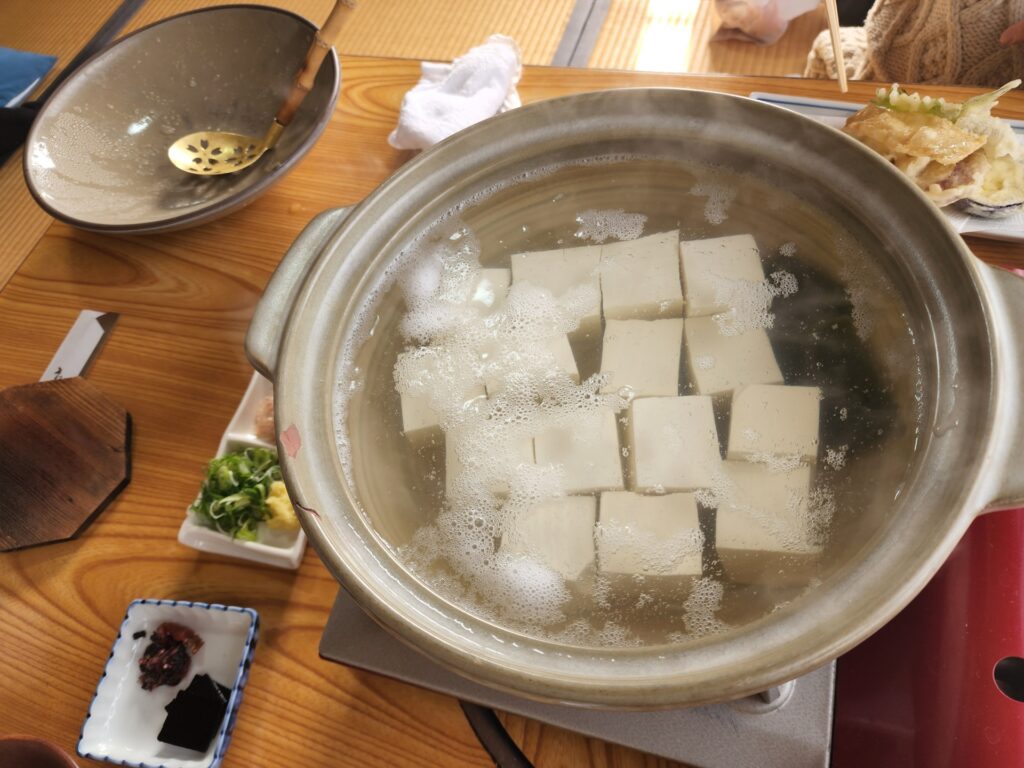
Yudofu, literally translated as “hot tofu,” is a quintessential dish of Japanese temple cuisine, particularly rooted in Kyoto’s Zen Buddhist tradition. Unlike the more complex or heavily seasoned tofu dishes found in modern Japanese cuisine, Yudofu embodies purity and simplicity. The basic preparation involves gently simmering blocks of soft tofu in a pot of hot water or kombu (kelp) broth. Once heated, the tofu is served with an assortment of dipping sauces such as ponzu (citrus soy sauce) or a mix of soy sauce, scallions, and grated ginger.
Originating in Kyoto, particularly in temple areas like Nanzenji and Arashiyama, Yudofu holds a special place in Shojin Ryori—the traditional vegetarian cooking of Zen Buddhist monks. This cuisine prioritizes mindfulness, minimalism, and the use of seasonal ingredients. Yudofu is especially cherished in the winter months, providing gentle warmth and sustenance that aligns with the introspective atmosphere of the season. Its clean flavor and nourishing qualities also make it ideal for vegans, vegetarians, and health-conscious eaters.
The ingredients for Yudofu are remarkably simple: fresh tofu, kombu, and water. Its subtle flavor relies on quality components, making freshness key. This minimalism allows diners to appreciate the delicate texture and inherent sweetness of tofu.
Yudofu vs. Yuba – What’s the Difference?
While both Yudofu and Yuba are soy-based delicacies prominent in Kyoto cuisine, they are distinct in both preparation and texture. Yudofu involves simmering whole blocks of tofu in hot kombu broth. The tofu is then lifted gently from the pot and enjoyed warm with condiments. Its texture is soft, tender, and smooth—a comfort food that warms the soul.
Yuba, on the other hand, refers to the thin, slightly chewy skin that forms on the surface of hot soy milk as it is heated. This skin is carefully skimmed off and served fresh or dried. Richer in flavor and denser in texture, Yuba is often eaten with a drizzle of soy sauce or used in other dishes. Both Yudofu and Yuba are mainstays of Shojin Ryori and can frequently be found on temple menus in Kyoto.
| Feature | Yudofu | Yuba |
| Base Ingredient | Tofu blocks | Soy milk skin |
| Cooking Method | Simmered in kombu broth | Skimmed from heated soy milk |
| Texture | Soft, smooth, delicate | Chewy, slightly firm |
| Common Usage | Eaten warm with dipping sauce | Served fresh or dried as side dish |
| Zen Cuisine Role | Winter comfort food | High-protein delicacy |
In Kyoto, visitors can enjoy both dishes in places like Nanzenji Junsei or Shigetsu at Tenryu-ji Temple. Experiencing them side by side reveals the depth and diversity of soy-based cuisine in Japan.
The History and Spiritual Origins of Yudofu
The exact origin of Yudofu is somewhat uncertain. Some sources trace it back to the Muromachi period (1336–1573), while others suggest it may have been present as early as the Heian period (794–1185). However, it is widely believed that Yudofu became more common among the general public during the Edo period (1603–1868).
Regardless of the precise timeline, Yudofu is deeply rooted in the monastic culinary practices of Kyoto. Temples like Nanzenji and Tenryu-ji became centers not only of Zen spiritual life but also of innovative vegetarian cuisine that adhered strictly to Buddhist dietary guidelines, which excluded meat and pungent vegetables.
Monks embraced tofu for its purity and adaptability. The preparation of Yudofu—simple, warming, and seasonally appropriate—resonated with Zen principles of mindfulness and balance. Its ritualistic cooking and quiet consumption reflect the Japanese aesthetic of “wabi-sabi,” the beauty found in imperfection and transience.
Today, partaking in Yudofu in temple surroundings during Kyoto’s winter is more than a meal—it’s a meditative, cultural experience that links the eater to centuries of spiritual and culinary tradition.


How to Make Yudofu at Home
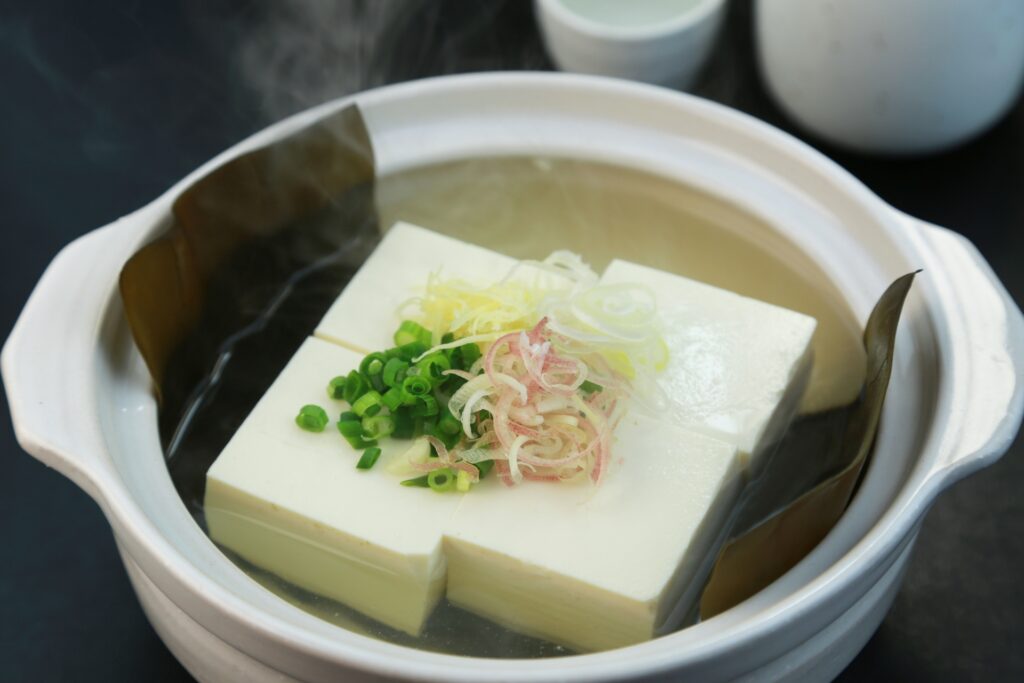
Recreating Yudofu at home is both simple and rewarding. Here’s a basic guide to get you started:
Ingredients:
- 1 block of soft or silken tofu
- 1 piece of dried kombu (about 4×4 inches)
- 4 cups of water
Dipping Sauce Options:
- Ponzu (store-bought or homemade)
- Soy sauce + chopped scallions + grated ginger
- Soy sauce + yuzu zest
Tools Needed:
- Donabe (Japanese clay pot) or a regular pot
- Slotted spoon or ladle
Instructions:
- Place kombu in a pot with water. Let it soak for 30 minutes.
- Slowly heat the water with kombu, but do not let it boil. Remove kombu just before boiling.
- Cut tofu into bite-sized pieces and gently add to the warm broth.
- Simmer for about 5 minutes until tofu is warmed through.
- Serve tofu in small bowls with dipping sauces on the side.
| Ingredient | Traditional | Substitution for Western Kitchens |
| Kombu | Japanese kelp | Dried kelp from Asian markets or seaweed tea |
| Tofu | Soft/silken tofu | Organic silken tofu from local grocers |
| Dipping Sauce | Ponzu, soy, ginger | Tamari (gluten-free), lemon + soy combo |
Ingredient Substitutions for International Cooks
If you’re outside Japan, don’t worry—Yudofu can still be made authentically with a few smart swaps:
- Tofu: Look for organic silken or soft tofu at Asian supermarkets, Whole Foods, or health food stores.
- Kombu: Widely available at Asian markets or online. In a pinch, use a piece of nori or seaweed tea bags for a similar umami base.
- Ponzu: Can be purchased bottled or made at home with soy sauce, lemon juice, and a dash of vinegar.
- Soy Sauce Substitutes: For gluten-free needs, use tamari or coconut aminos.
These substitutions ensure that Yudofu remains accessible to international audiences, while preserving its subtle flavor and clean presentation.
Nutritional and Dietary Benefits of Yudofu
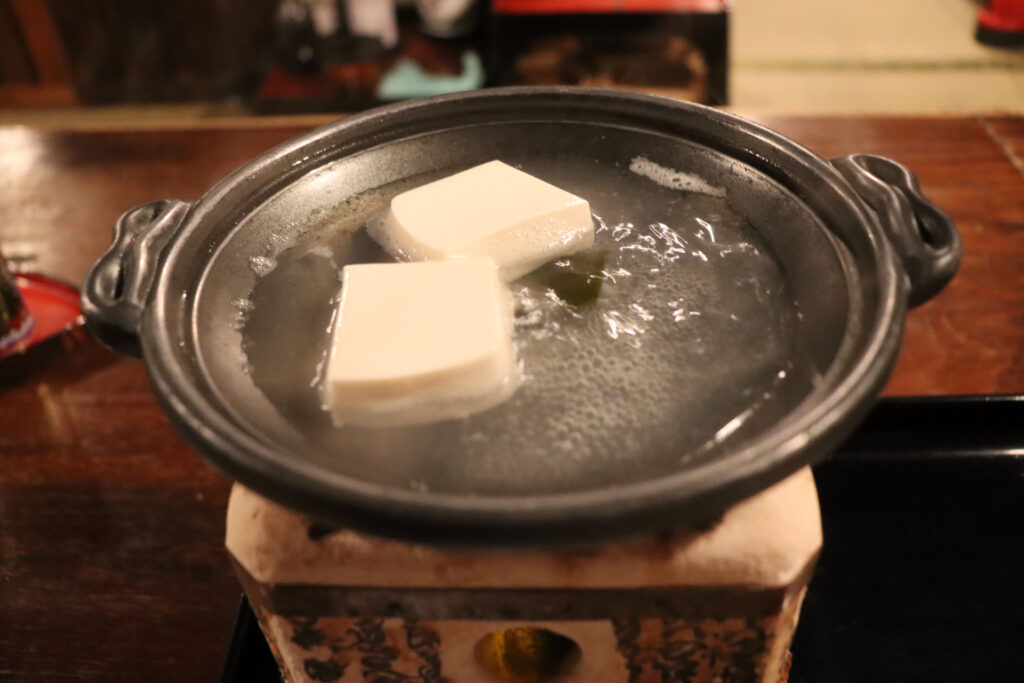
Yudofu is not only comforting and flavorful but also nutritionally balanced, making it ideal for plant-based diets. Tofu is an excellent source of plant protein, calcium, and iron. When served in a kombu broth, it also offers a dose of iodine and other trace minerals.
Per serving (approx. 100g tofu + 1/2 cup broth + dipping sauce):
| Nutrient | Amount |
| Calories | ~100 kcal |
| Protein | 10g |
| Fat | 5g |
| Carbohydrates | 3g |
| Fiber | <1g |
| Calcium | 250mg |
| Iron | 1.5mg |
Vegan-Friendly: No animal products are used- Gluten-Free: Use tamari or certified gluten-free soy sauce
- Low Allergen: Suitable for most diets, but check soy sensitivity
Yudofu is light yet satisfying, making it a perfect option for those looking for a nourishing, easily digestible meal.
Where to Experience Authentic Yudofu in Kyoto
If you’re visiting Kyoto, don’t miss the chance to enjoy Yudofu in its spiritual homeland. Here are some top spots:
Nanzenji Junsei
- Location: Near Nanzenji Temple
- Highlights: Traditional multi-course tofu meals, serene garden setting
- Price Range: $$
- Reservations: Recommended
Shigetsu (Tenryu-ji Temple)
- Location: Arashiyama
- Highlights: Shojin Ryori in a UNESCO World Heritage site
- Price Range: $$$
- Reservations: Required
Yudofu Sagano
- Location: Saga Toriimoto area
- Highlights: Scenic outdoor seating, set meals with Yudofu as centerpiece
- Price Range: $$
- Reservations: Optional but encouraged in peak season
These locations not only serve authentic Yudofu but also offer immersive cultural experiences that reflect the heart of Zen culinary tradition.
Tips for Tourists Trying Yudofu
When dining on Yudofu in Kyoto, a few cultural notes can enhance your experience:
- Reservations: Especially at temple restaurants like Shigetsu, book in advance.
- Seasonality: Winter is the best time, though some spots offer it year-round.
- Etiquette: Use chopsticks to gently lift tofu; don’t slurp or over-season.
- Side Dishes: Expect rice, pickles, sesame tofu, or vegetable tempura.
- Temple Admission: Some restaurants require temple entry tickets—check ahead.
Enjoying Yudofu in a traditional setting is as much about the environment as the food, so take time to savor both.
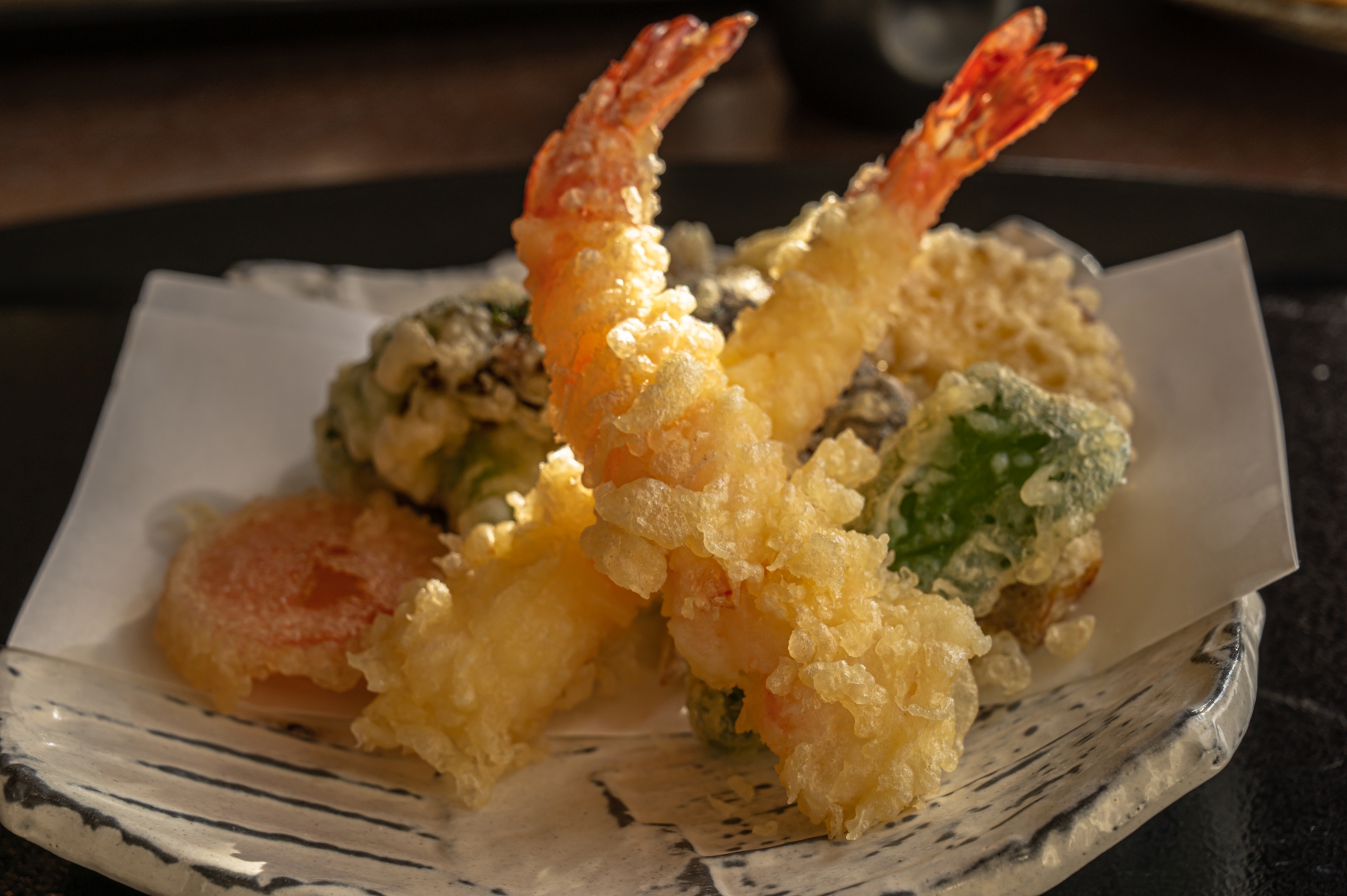
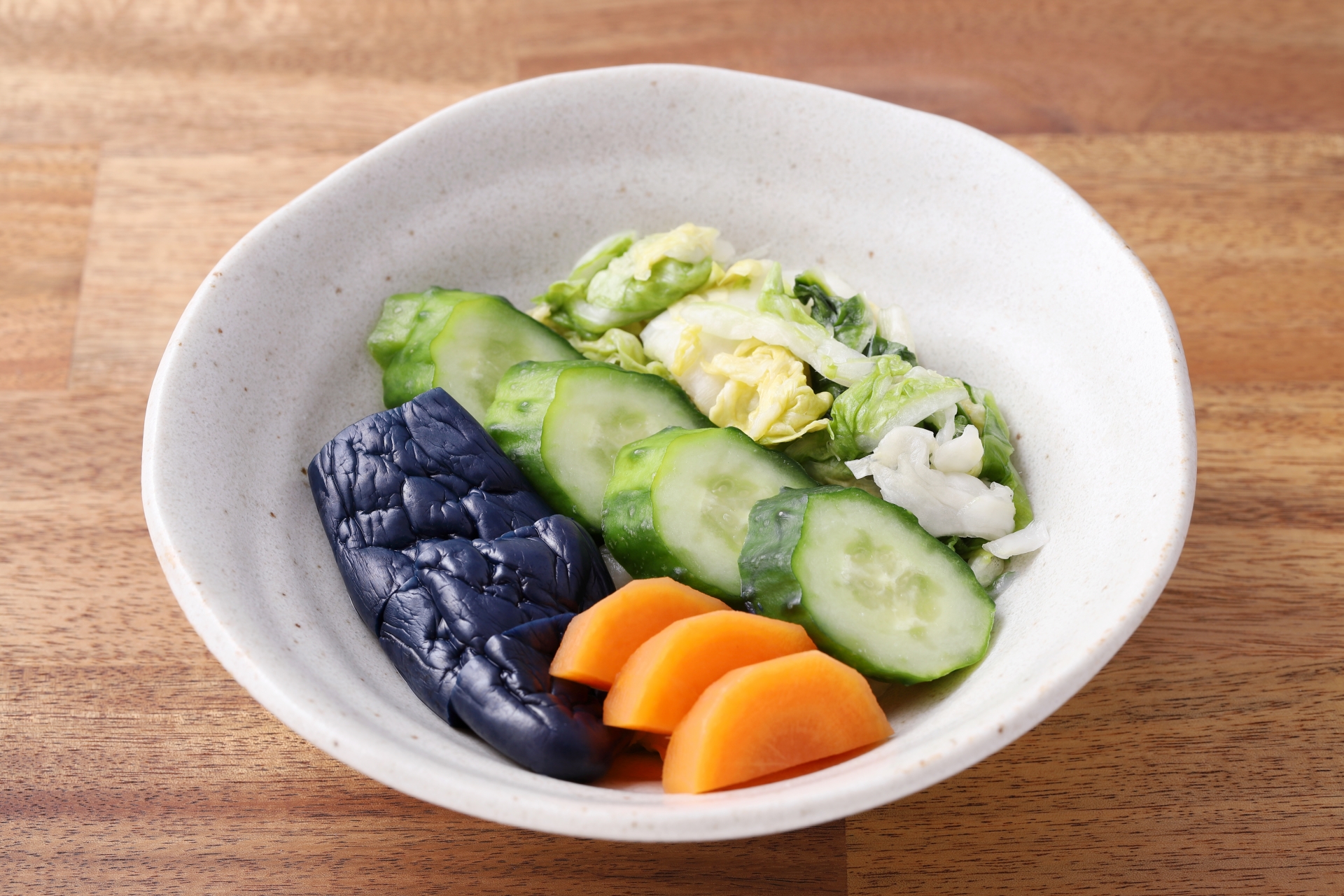
Final Thoughts: Why Yudofu Is More Than Just Tofu
Yudofu is more than a simple tofu dish; it is a reflection of Japanese spirituality, seasonality, and an appreciation for the essential. Rooted in the Zen Buddhist practice of mindful eating, Yudofu invites us to slow down and savor the quiet beauty of simplicity. Whether experienced in the tranquil halls of a Kyoto temple or recreated in a Western kitchen, Yudofu offers a nourishing connection to Japan’s culinary soul.
If you’re curious about Japanese food philosophy or looking for a wholesome, meditative meal, Yudofu is a perfect place to start.

